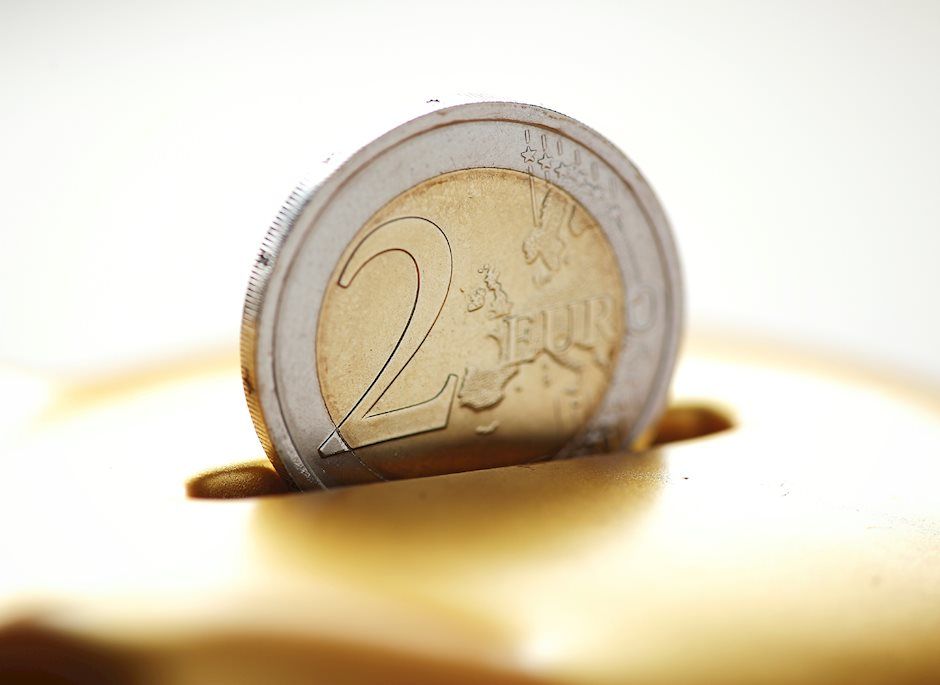EUR/USD remains subdued around 1.0350 as ECB maintains a dovish outlook for this year
- EUR/USD faces headwinds as the ECB sustains its dovish stance on interest rate policy for 2025.
- The ECB is anticipated to reduce its Deposit Facility rate to 2%, regarded as the neutral rate, by June 2025.
- The US Dollar Index surged to multi-year highs following the Federal Reserve's hawkish policy shift.

EUR/USD continues to lose ground for the fourth successive day, trading around 1.0350 during the Asian hours on Thursday. The Euro faces challenges as the European Central Bank (ECB) maintains dovish guidance on interest rates policy for this year.
The ECB reduced its Deposit Facility rate by 100 basis points (bps) to 3% in 2024 and is expected to lower it further to 2%—considered the neutral rate—by the end of June 2025. This indicates that the central bank will likely cut its key borrowing rates by 25 bps at each meeting during the first half of this year.
On Wednesday, ECB President Christine Lagarde stated that the central bank aims to achieve its 2% inflation target by 2025. Lagarde remarked, “We made significant progress in 2024 in bringing down inflation, and we are hopeful that 2025 will be the year we reach our target, as expected and aligned with our strategy.” She added, “Of course, we will continue our efforts to ensure that inflation stabilizes sustainably at the 2% medium-term target.”
The US Dollar Index (DXY), which measures the value of the US Dollar (USD) against its six major peers, rebounded to multi-year highs and traded around 108.50 due to the US Federal Reserve’s (Fed) hawkish pivot.
The Federal Reserve may adopt a more cautious outlook regarding further rate cuts in 2025, signaling a shift in its monetary policy stance. This change reflects uncertainties surrounding potential policy adjustments in light of the anticipated economic strategies of the incoming Trump administration.
Euro FAQs
The Euro is the currency for the 19 European Union countries that belong to the Eurozone. It is the second most heavily traded currency in the world behind the US Dollar. In 2022, it accounted for 31% of all foreign exchange transactions, with an average daily turnover of over $2.2 trillion a day. EUR/USD is the most heavily traded currency pair in the world, accounting for an estimated 30% off all transactions, followed by EUR/JPY (4%), EUR/GBP (3%) and EUR/AUD (2%).
The European Central Bank (ECB) in Frankfurt, Germany, is the reserve bank for the Eurozone. The ECB sets interest rates and manages monetary policy. The ECB’s primary mandate is to maintain price stability, which means either controlling inflation or stimulating growth. Its primary tool is the raising or lowering of interest rates. Relatively high interest rates – or the expectation of higher rates – will usually benefit the Euro and vice versa. The ECB Governing Council makes monetary policy decisions at meetings held eight times a year. Decisions are made by heads of the Eurozone national banks and six permanent members, including the President of the ECB, Christine Lagarde.
Eurozone inflation data, measured by the Harmonized Index of Consumer Prices (HICP), is an important econometric for the Euro. If inflation rises more than expected, especially if above the ECB’s 2% target, it obliges the ECB to raise interest rates to bring it back under control. Relatively high interest rates compared to its counterparts will usually benefit the Euro, as it makes the region more attractive as a place for global investors to park their money.
Data releases gauge the health of the economy and can impact on the Euro. Indicators such as GDP, Manufacturing and Services PMIs, employment, and consumer sentiment surveys can all influence the direction of the single currency. A strong economy is good for the Euro. Not only does it attract more foreign investment but it may encourage the ECB to put up interest rates, which will directly strengthen the Euro. Otherwise, if economic data is weak, the Euro is likely to fall. Economic data for the four largest economies in the euro area (Germany, France, Italy and Spain) are especially significant, as they account for 75% of the Eurozone’s economy.
Another significant data release for the Euro is the Trade Balance. This indicator measures the difference between what a country earns from its exports and what it spends on imports over a given period. If a country produces highly sought after exports then its currency will gain in value purely from the extra demand created from foreign buyers seeking to purchase these goods. Therefore, a positive net Trade Balance strengthens a currency and vice versa for a negative balance.
Author

Akhtar Faruqui
FXStreet
Akhtar Faruqui is a Forex Analyst based in New Delhi, India. With a keen eye for market trends and a passion for dissecting complex financial dynamics, he is dedicated to delivering accurate and insightful Forex news and analysis.

















